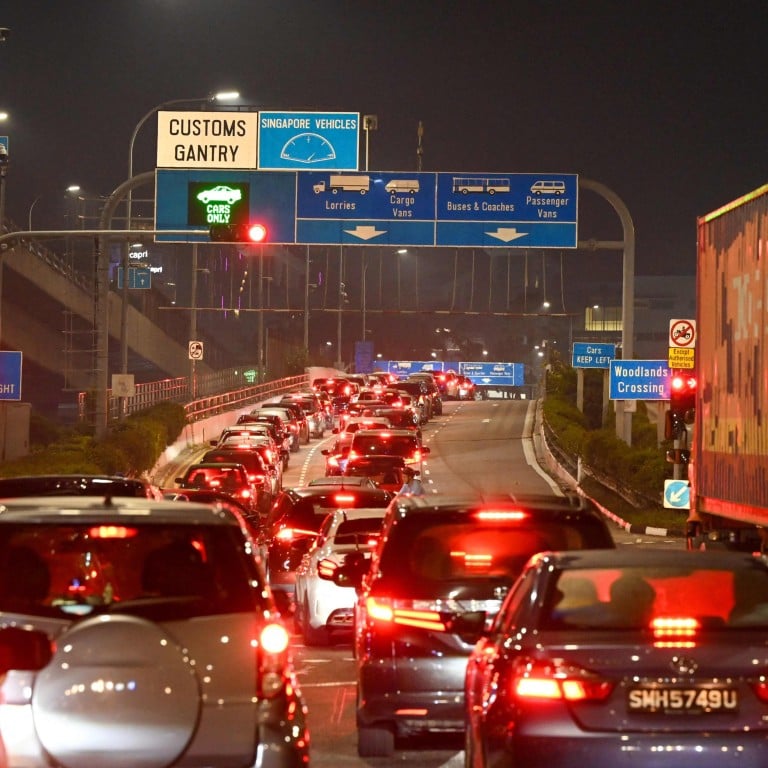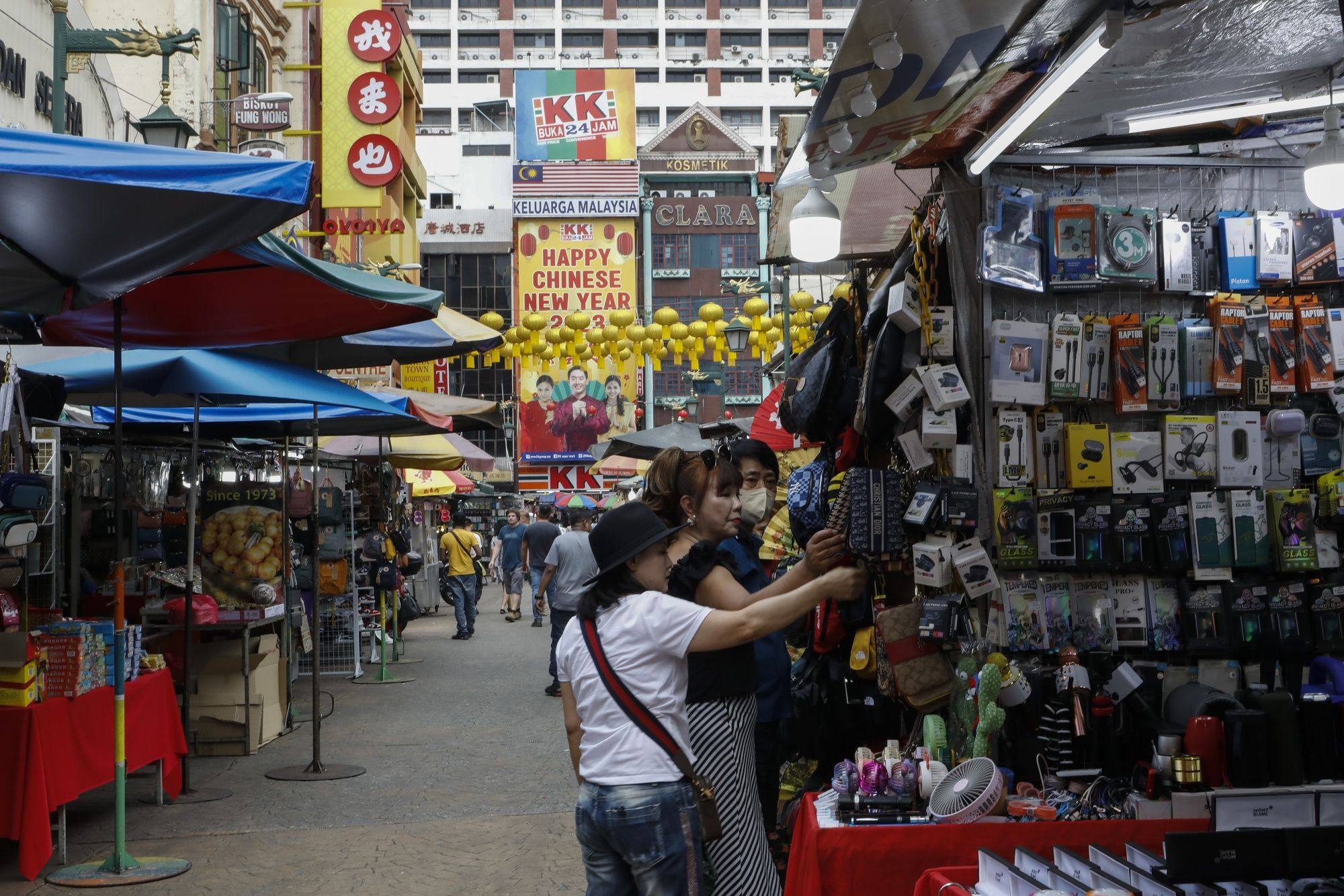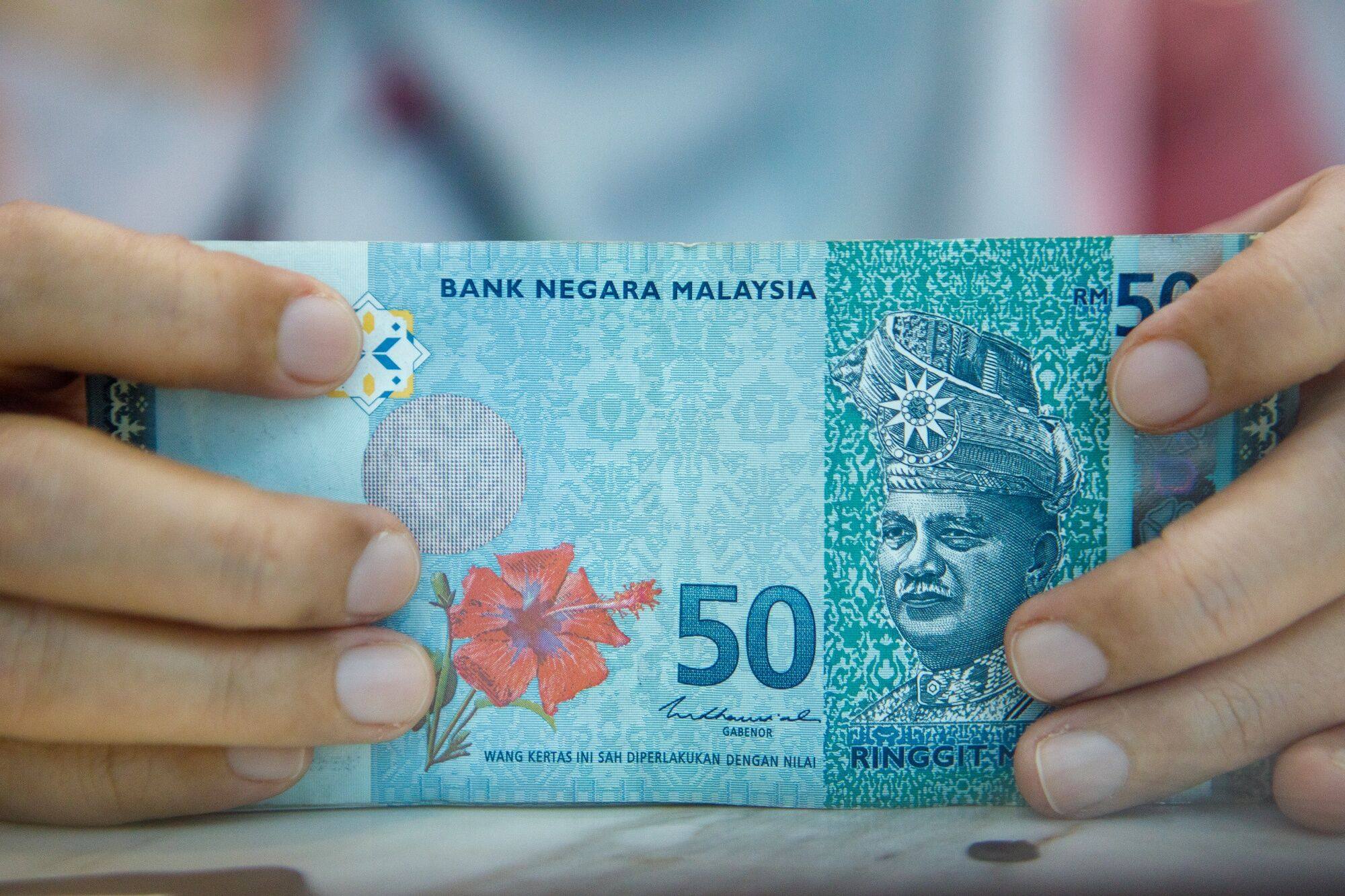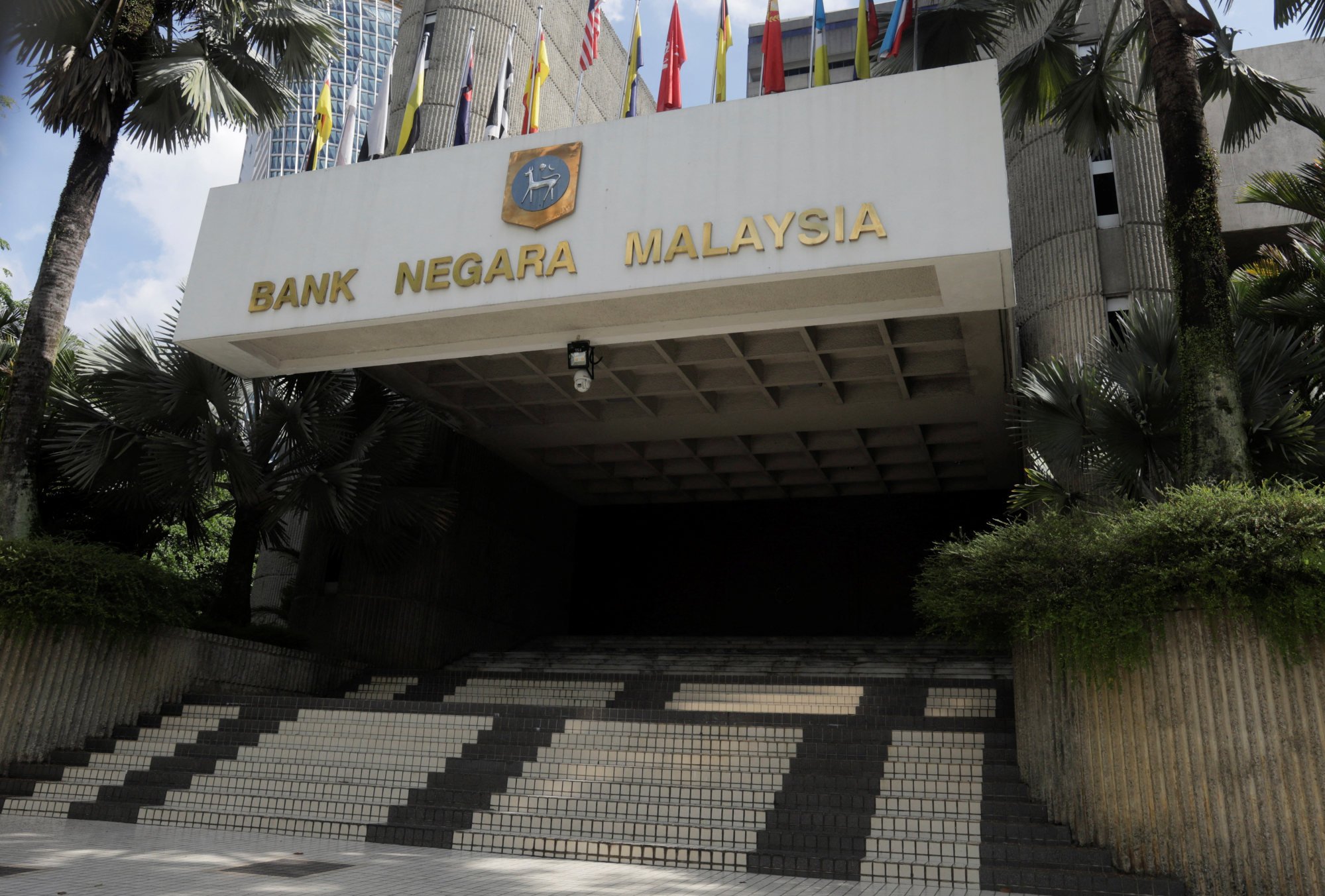
‘It’s a lot cheaper’: Singaporeans plan holidays as Malaysian ringgit plunges amid US debt woes
- Singaporeans are taking advantage of the weak ringgit for more trips across the border, triggering a shortage of the currency
- Malaysians are demanding answers to the ringgit’s poor performance, which could be due to factors including a less aggressive monetary policy, an economist notes
“I’ve changed more spare ringgit at such a good rate, I probably wouldn’t mind popping in when I’m free and there’s no [traffic] jam,” said Jacob, who declined to give his full name.
Communications specialist Haikel Fahim, who crosses the border once a week, echoed the sentiment.
“I’m paying about a third of the price that I would be paying [for petrol] in Singapore, so it’s a lot cheaper,” said Haikel, who usually heads to Johor Bahru to refill his petrol tank and run errands.
Singapore, Hong Kong tourists flock to Japan to cash in on strong currencies
The Singapore dollar broke its record against the Malaysian ringgit last week as it hit 3.41, Bloomberg data showed, a 6.16 per cent increase from the 3.20 mark about a year ago. While Singaporeans rejoiced, the development has prompted Malaysians to demand answers about the ringgit’s poor performance.
“The recent depreciation of the ringgit is therefore not limited to Malaysia alone,” it stressed, adding that observers must consider the overall performance of the ringgit in relation to other significant trading partners, and not just the US.
The ringgit’s performance was likely to “improve as uncertainties from global market developments subside”, the bank said, adding it would “continue to manage risks arising from heightened financial market volatility”.
Singapore and Malaysia share one of the busiest overland borders in the world, with more than 300,000 people travelling across daily. Many Singaporeans often hop across the border to stock up on essentials such as petrol and groceries at cheaper prices, while others take short family holidays.
During the March school holidays this year, Singapore’s Immigration and Checkpoint Authority recorded about 376,000 people crossing the land checkpoints daily.

The influx of travellers is unlikely to ebb, however, with people keen to take advantage of the weak ringgit during the June school holidays. Money changers in Singapore say demand for the ringgit has spiked in recent days, triggering a shortage in the currency.
“There is a strong demand for Malaysian ringgit but we are not getting sufficient supply from our Kuala Lumpur counterparts,” said Tajdeen Vanchilabbai Sharifdeen, director of VS Exchange, a money changer in Singapore’s central business district. “We are selling slightly above the market rates because of this shortage.”
Tajdeen said one Singaporean customer was selling S$10,000 (US$7,380) for ringgit, which was significantly more than the average S$500 his customers usually exchanged.
The owner of Lion City Money Changer, which operates at Singapore’s Orchard Road, said many families were buying more ringgit for trips across the border in June, thus driving up demand.
“People want to buy ringgit at the market rate of 3.41 but we cannot provide this,” said the man, who did not want to be named. “The stock is very low and the demand is very high.”

Across the border, Malaysians have been demanding answers to the ringgit’s poor performance. Hassan Karim, a Johor member of parliament, took the Bank Negara governor to task over the ringgit’s value, which has continued to fall “despite the bank previously saying the hike in the overnight policy rate will strengthen the currency”.
A tweet last week by Singaporean historian Dhevarajan Devadas also caused an uproar on Malaysian social media, with many left fuming after learning that Malaysia withdrew from a currency union with Singapore and Brunei that had pegged all three currencies to parity with one another.
“The Malaysian ringgit and the Singapore dollar were once 1:1 under the Currency Interchangeability Agreement (together with Brunei) until 1973, when Malaysia withdrew,” Dhevarajan said in his post, viewed by over 1.5 million people.
Many Malaysians responded angrily to the tweet, questioning why the country pulled out from what they saw as a good thing.
“It’s like Southeast Asia’s version of the Euro used by the two richest nations in the region,” said Twitter user Marcus Cheh, adding that Malaysia “went downhill” since leaving the union in 1973.
Another user described the decision as a “Malaysian Brexit”, while others bemoaned that the country was lagging behind Singapore in areas such as education and aviation.
“We really are a story of what could have been,” said Nabil Ersyad on Twitter.

Maybank economist Chua Hak Bin said several factors were driving down the ringgit’s value, including a softer Chinese yuan, weaker exports in April and Bank Negara Malaysia’s less aggressive monetary policy.
The differing interest rate policies adopted by Singapore and Malaysia had also resulted in widening values, Chua added.
“The Singapore central bank’s monetary policy manages the exchange rate, while Malaysia’s central bank targets the interest rate,” he said, adding that the Monetary Authority of Singapore (MAS) “is allowing for a gradual appreciation to contain inflation pressures, which makes the Singapore dollar more resilient compared to the ringgit”.
The trend was likely to continue as long as the MAS did not ease from the current appreciation bias or the US Federal Reserve did not cut interest rates in the near term, he said.


